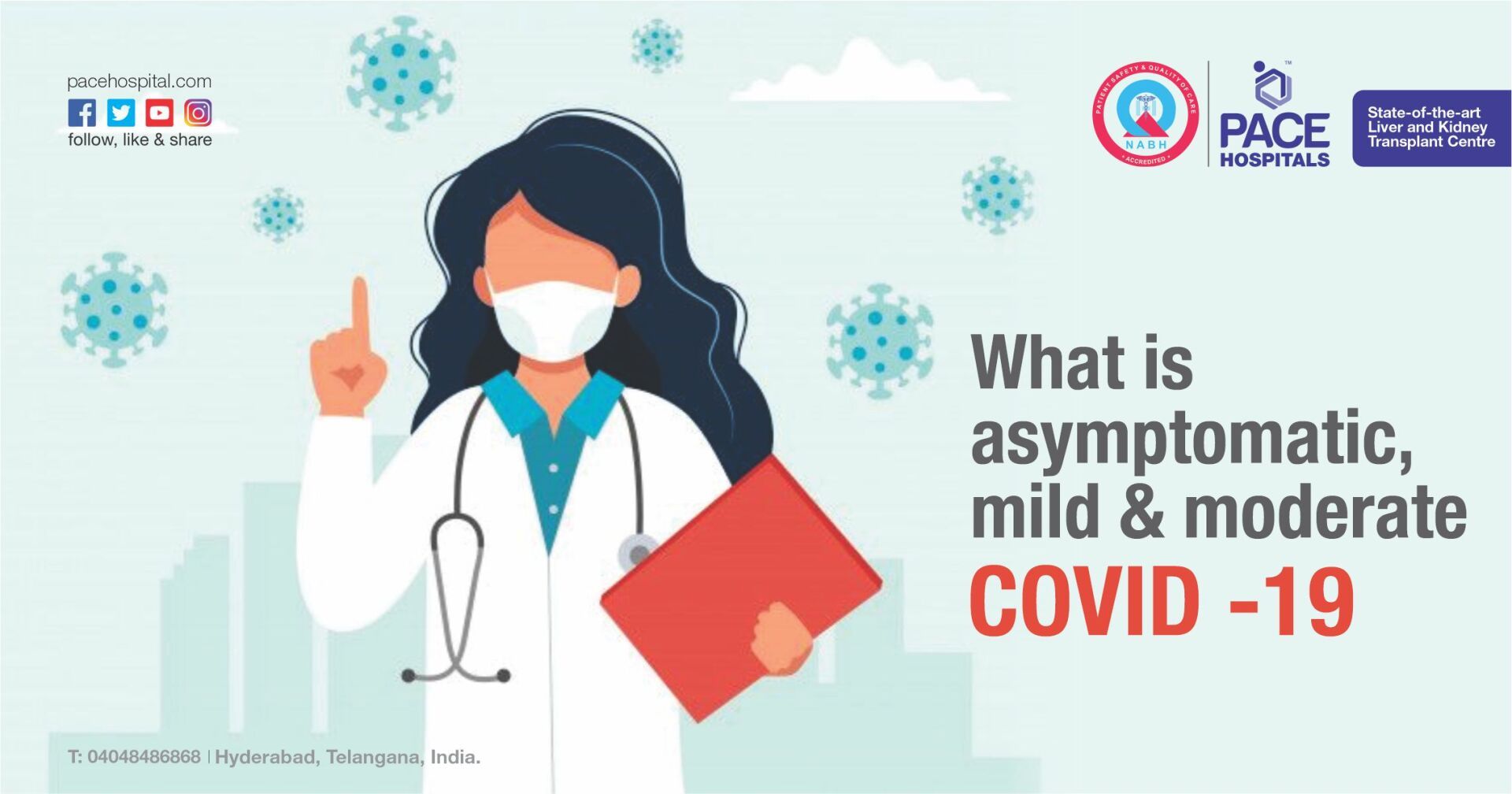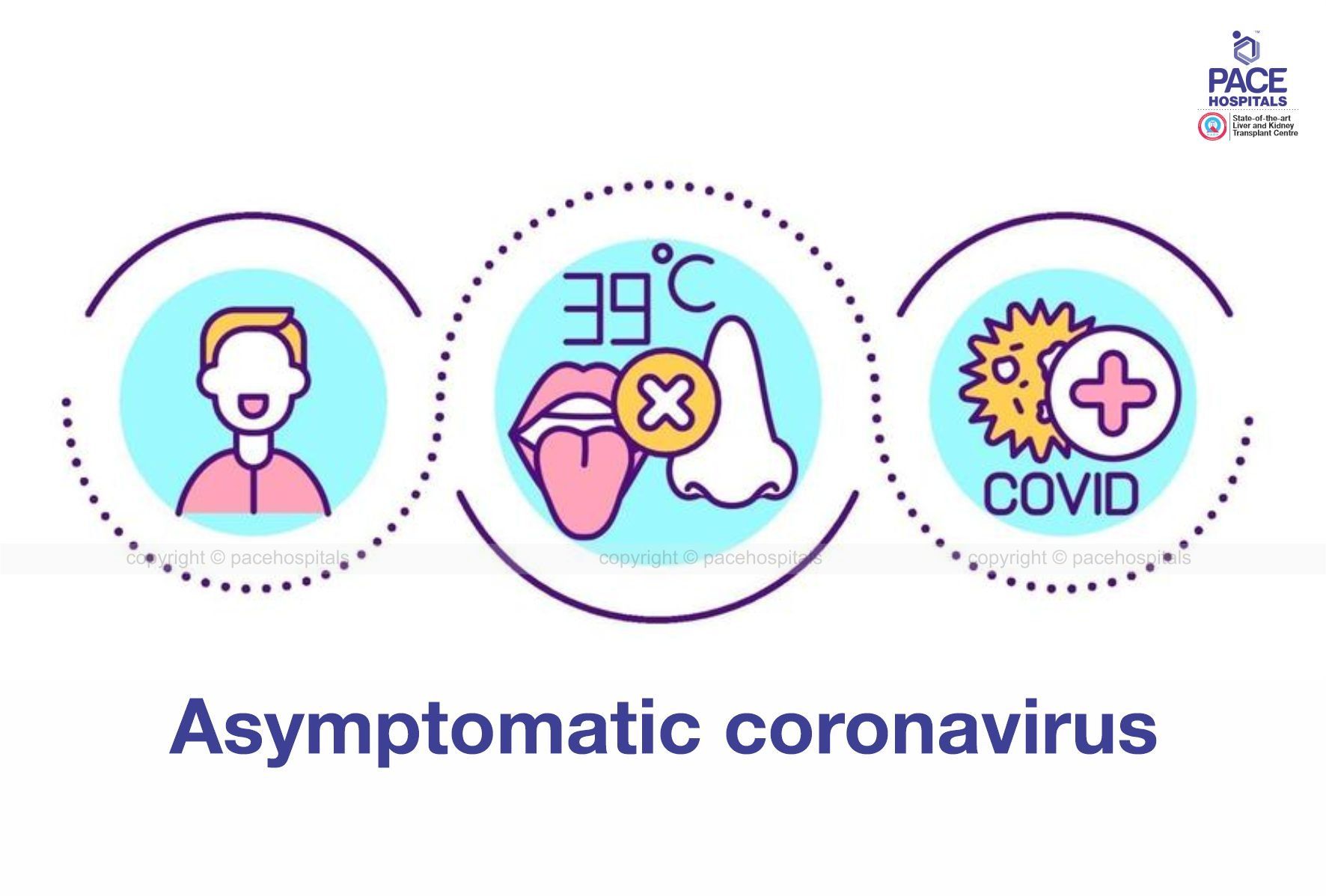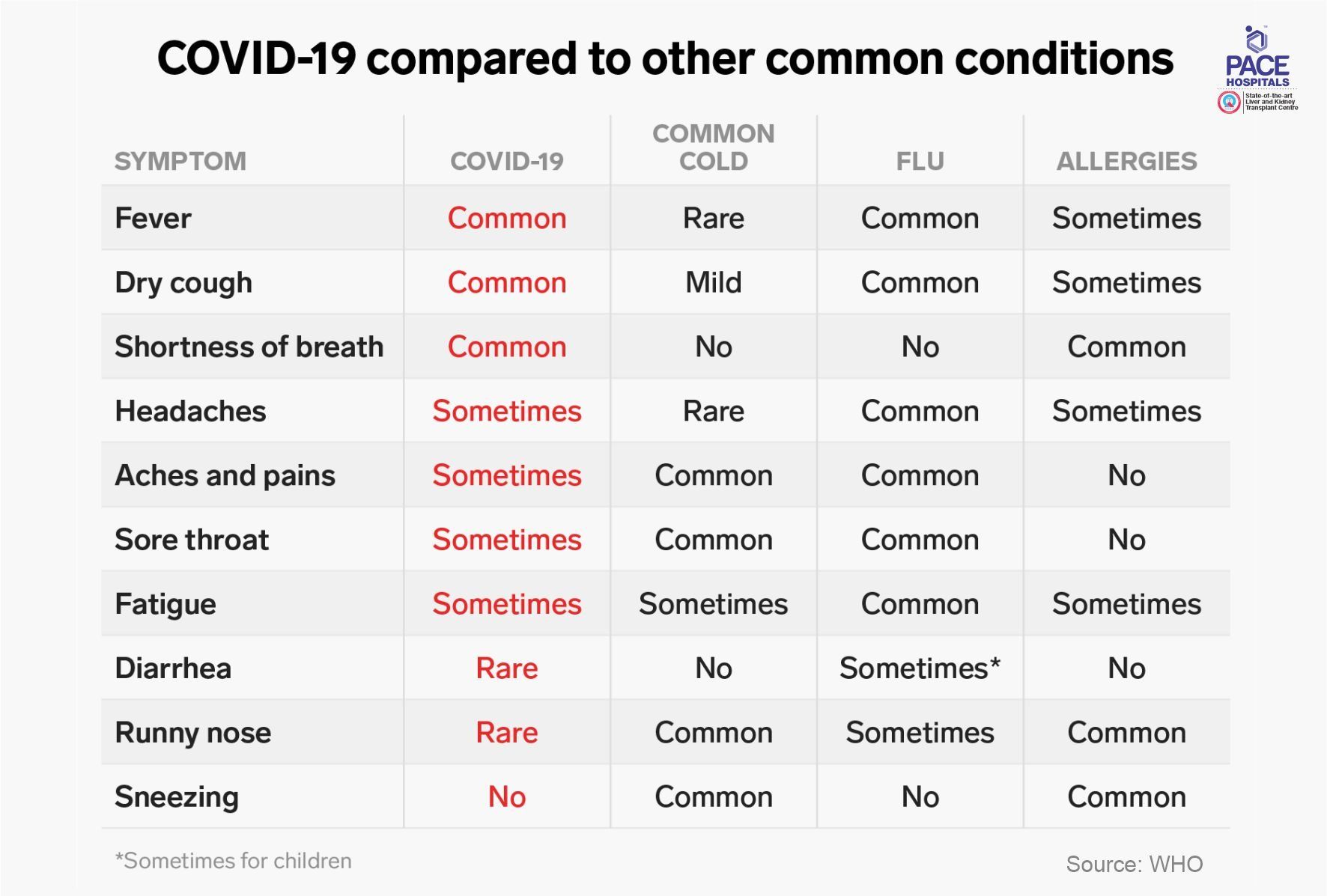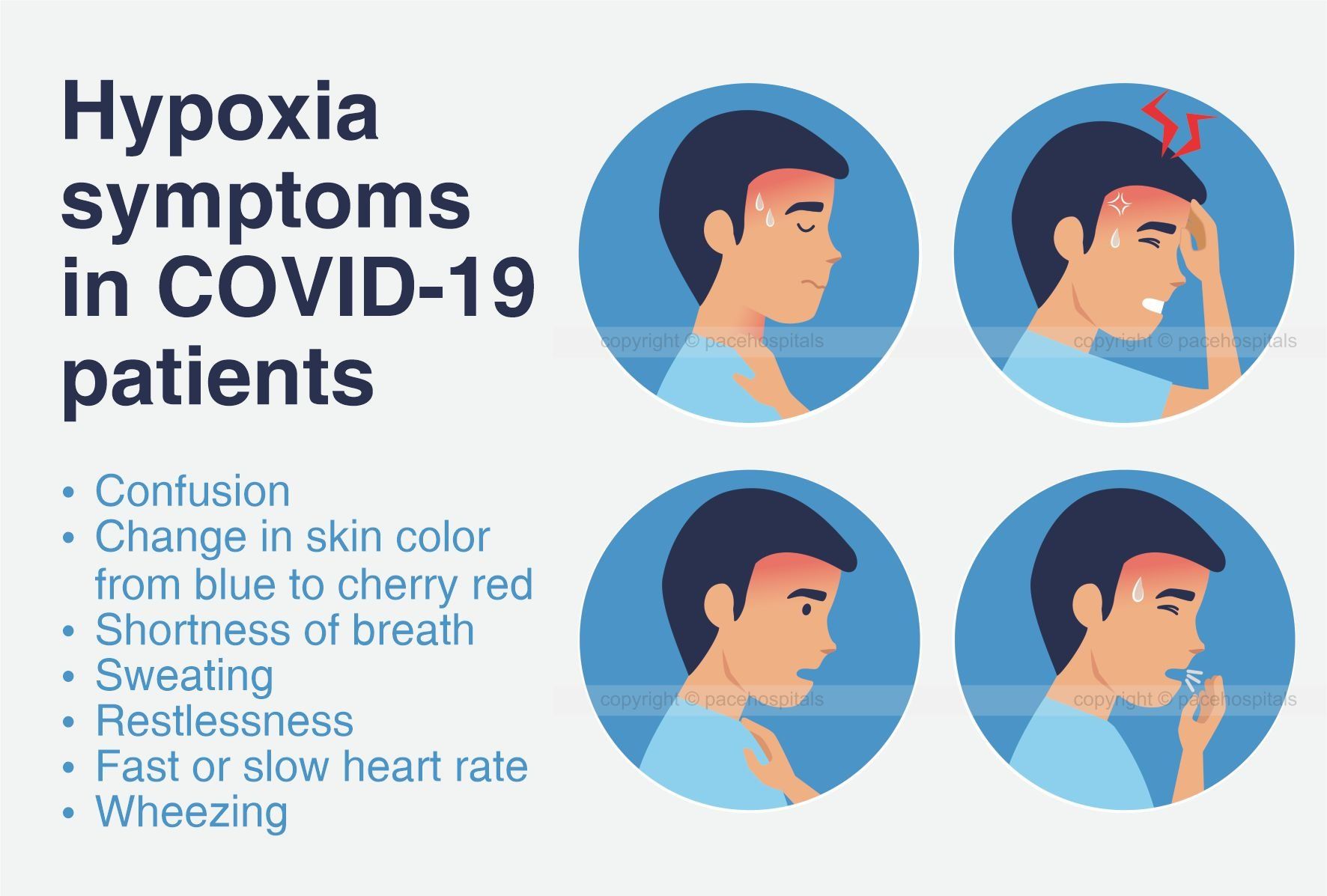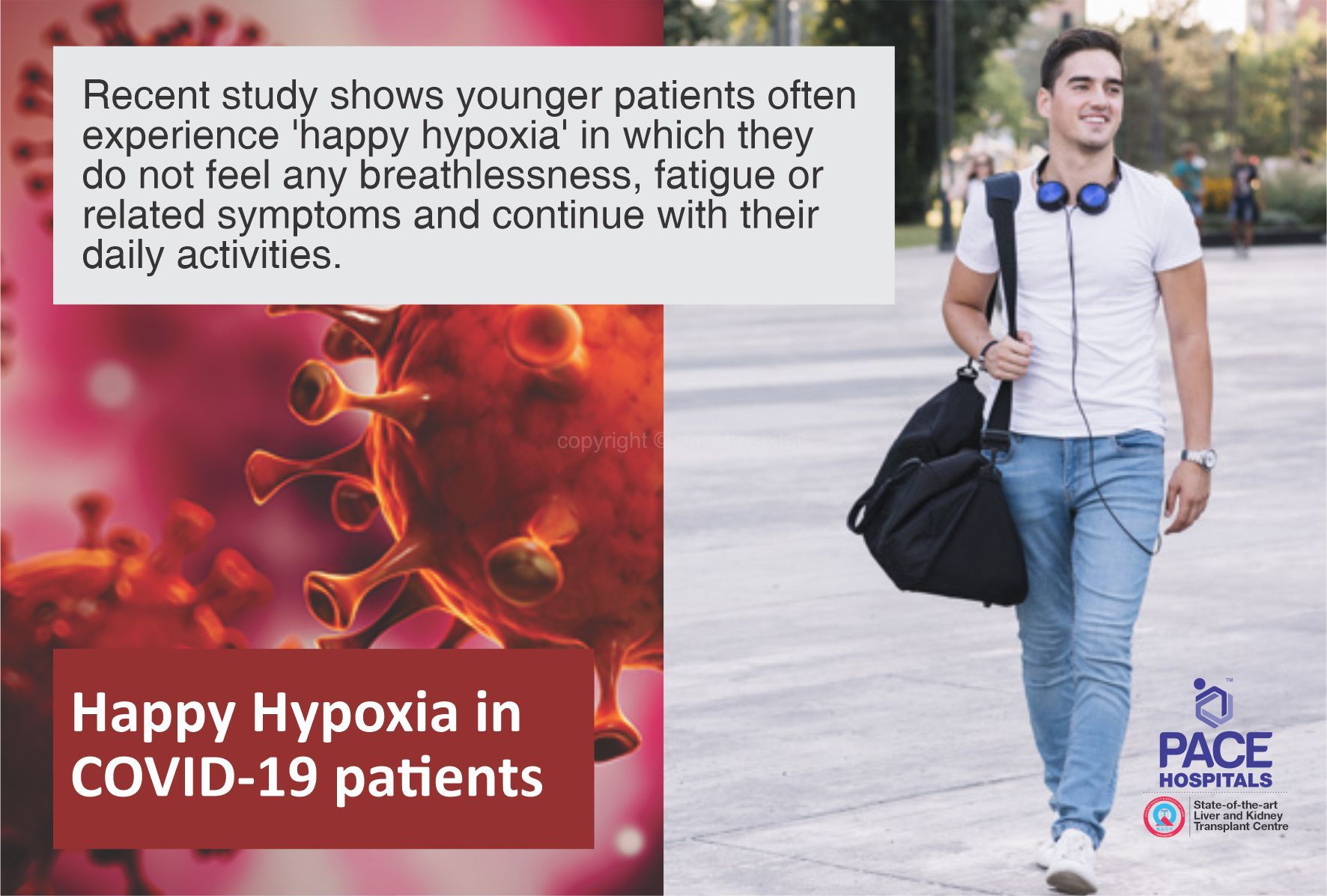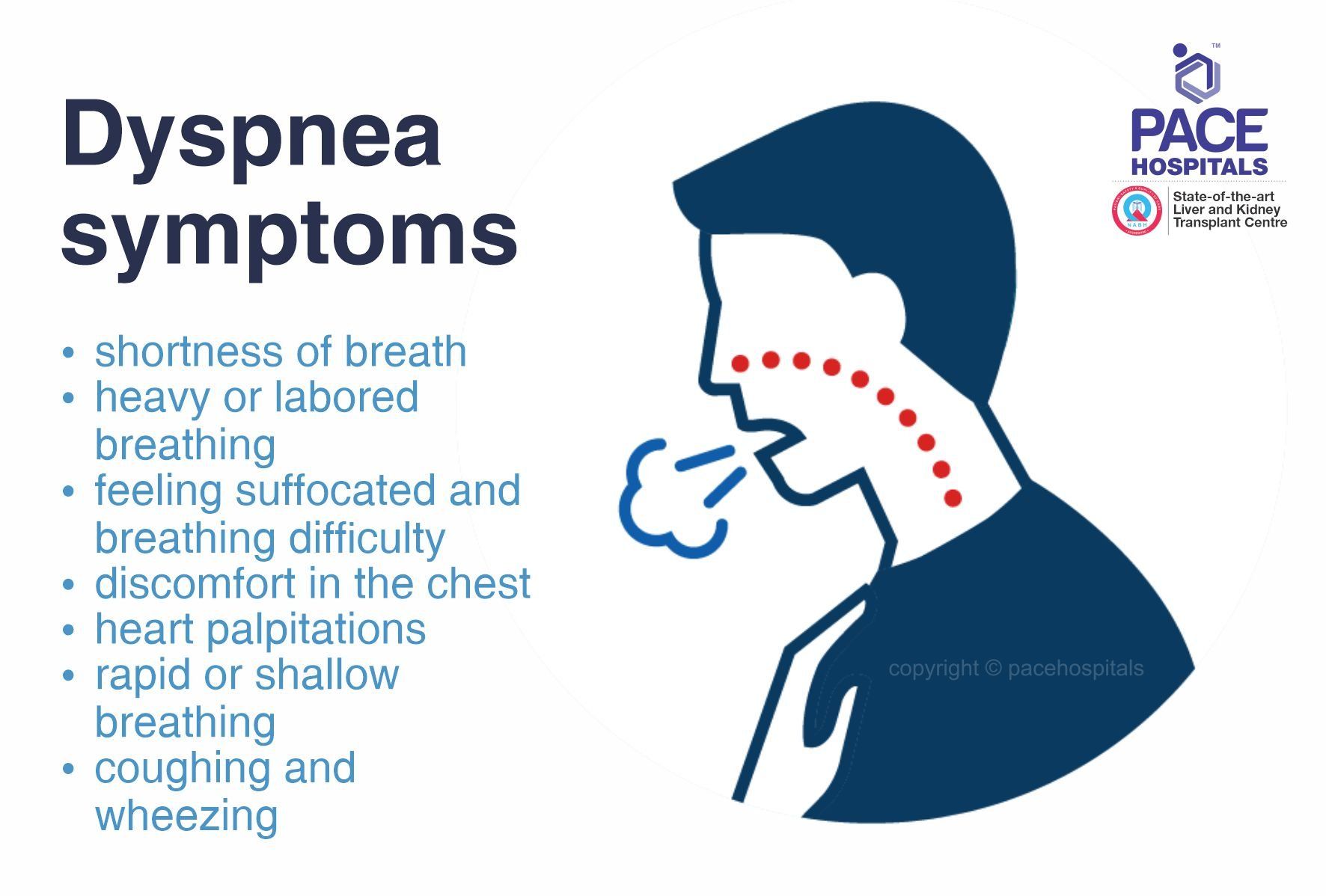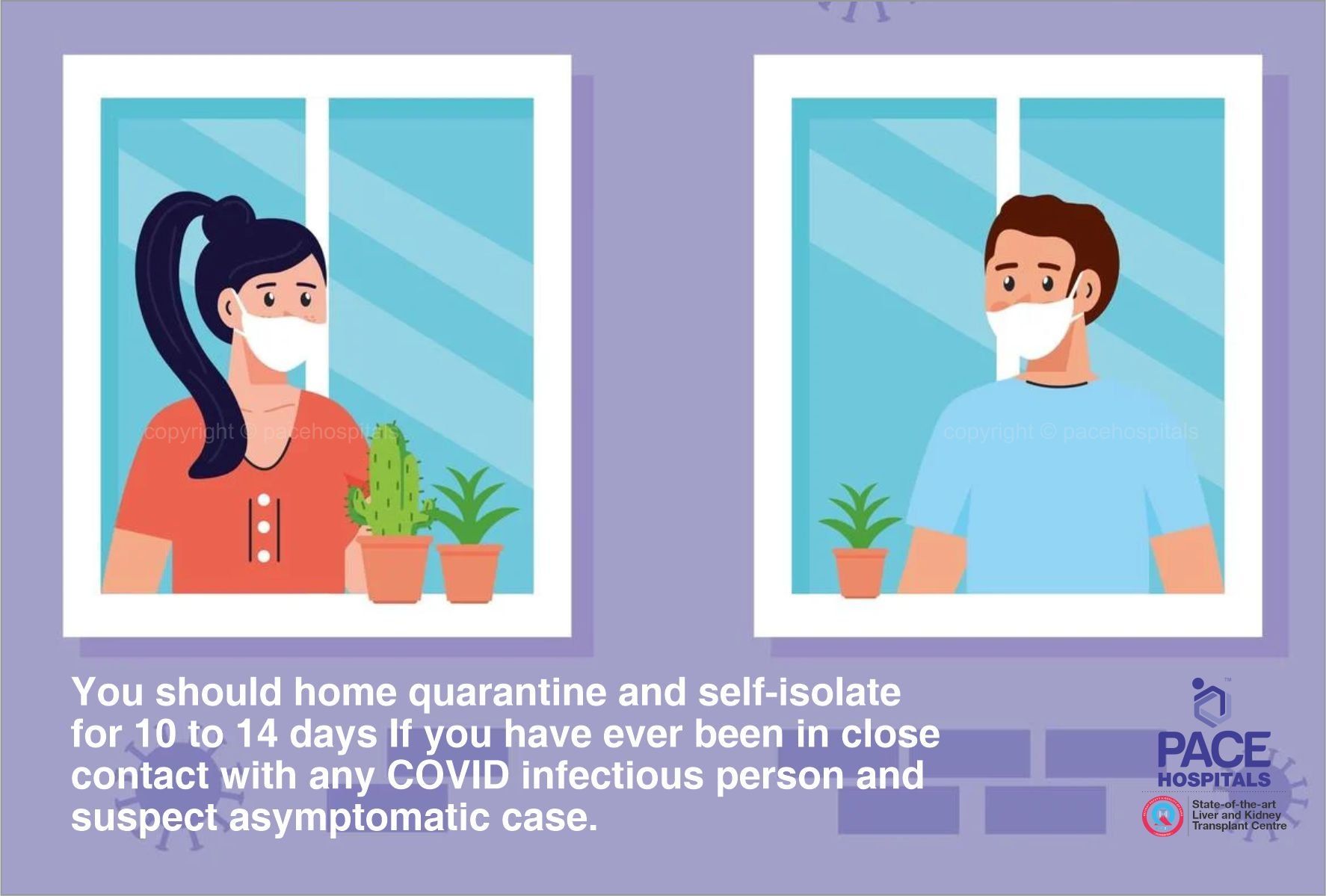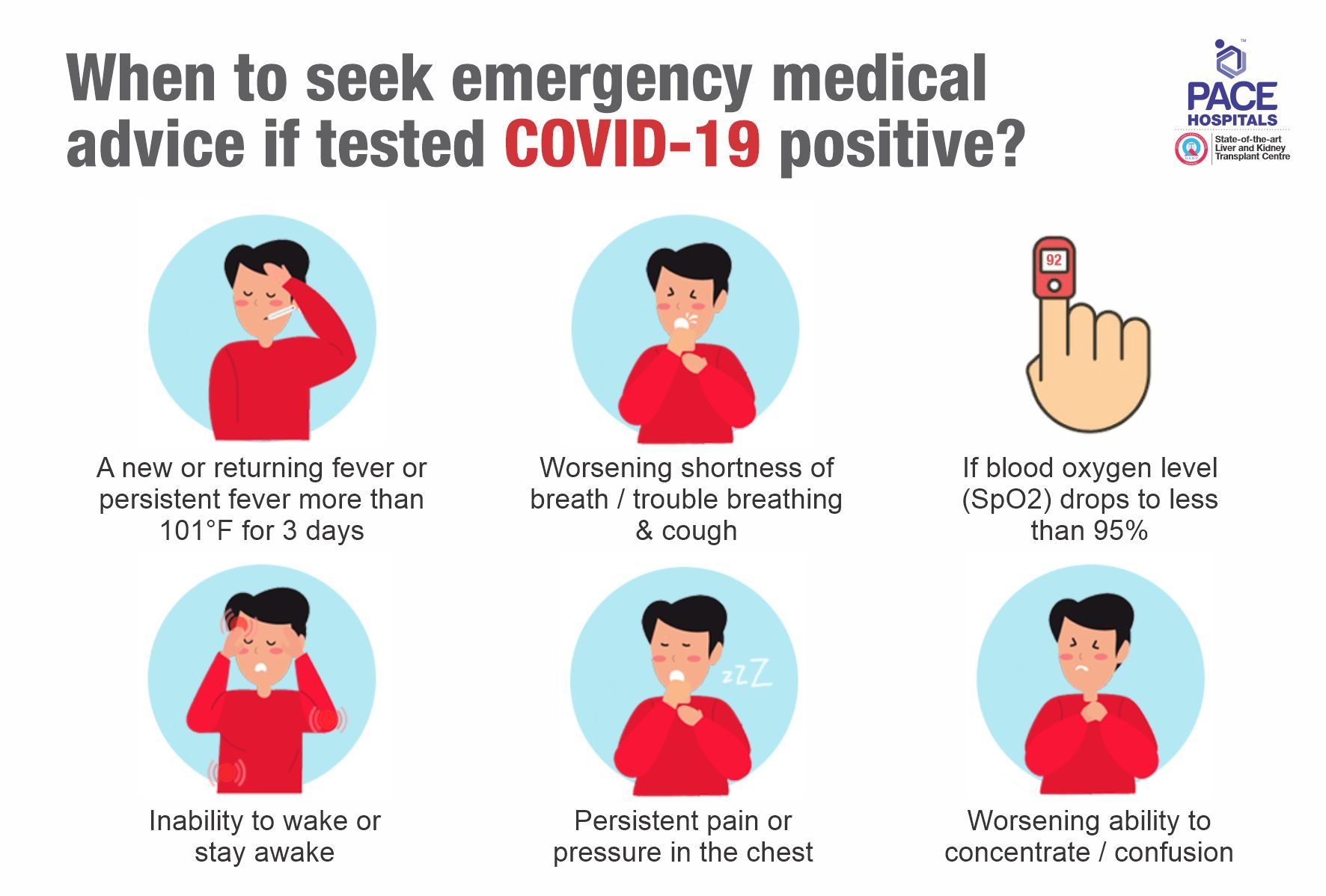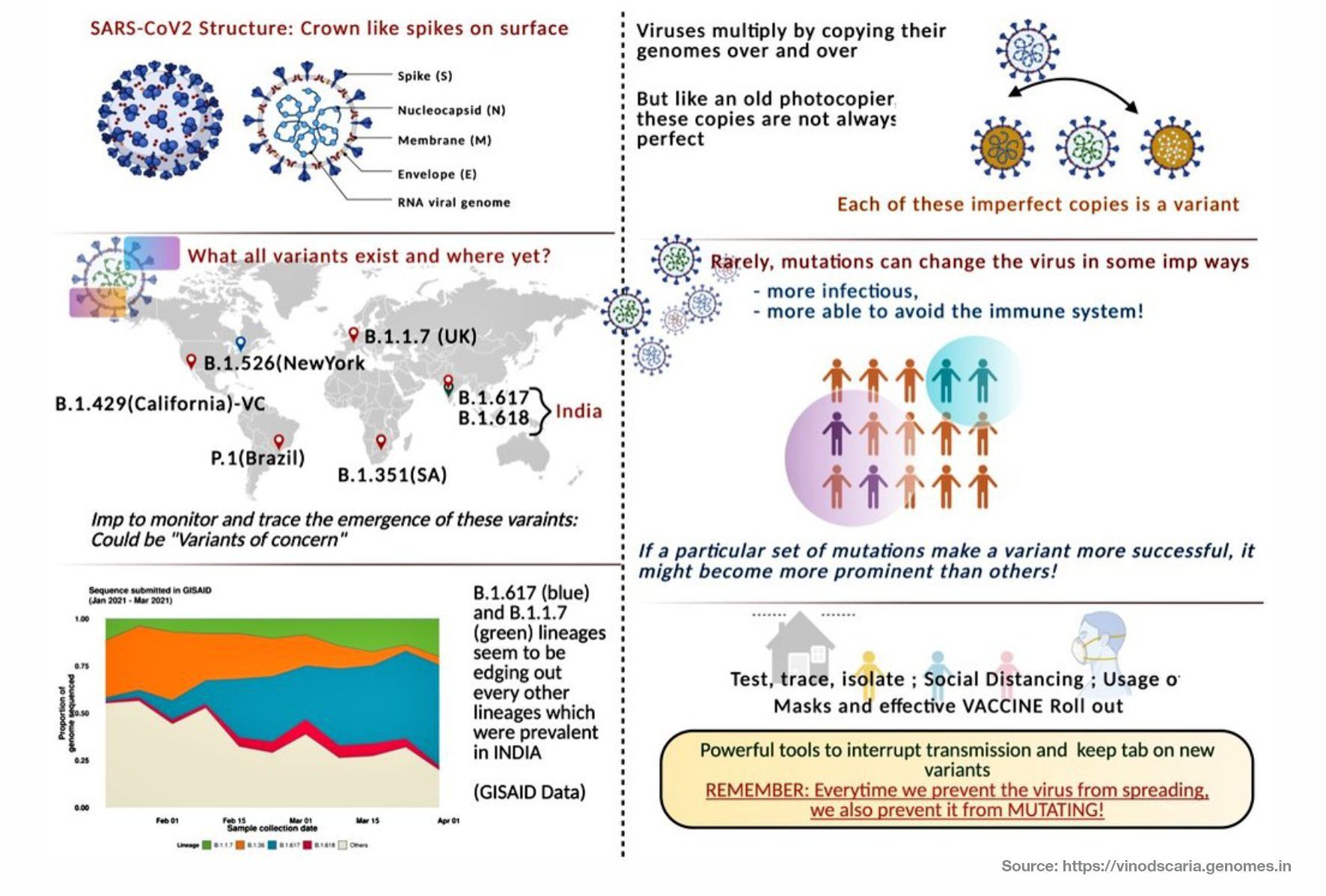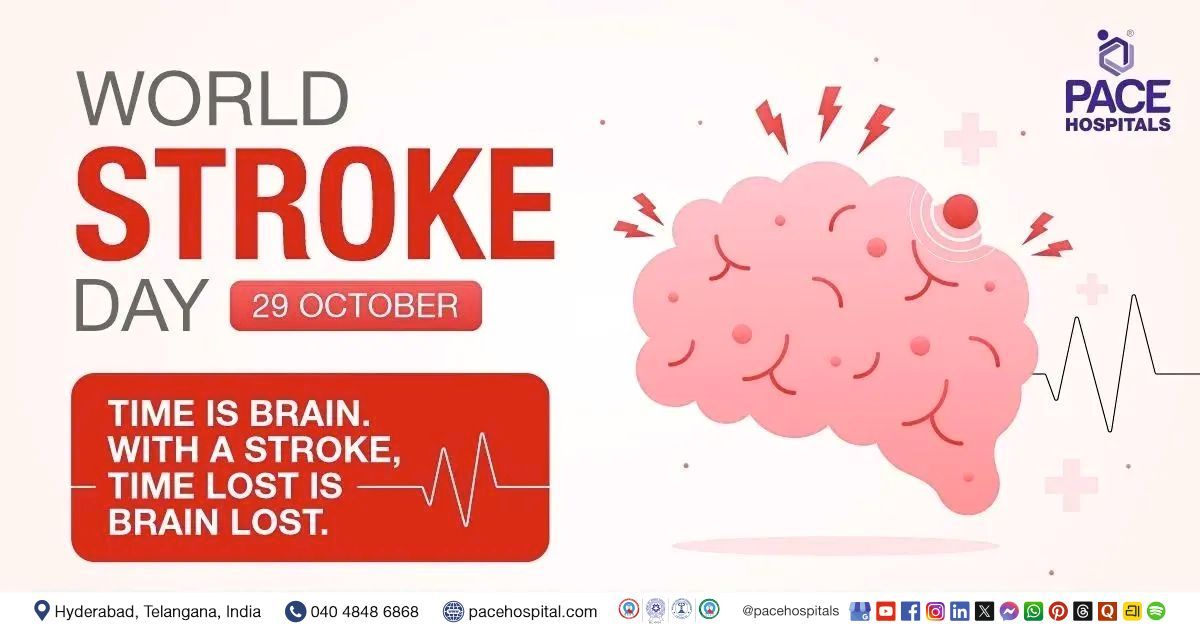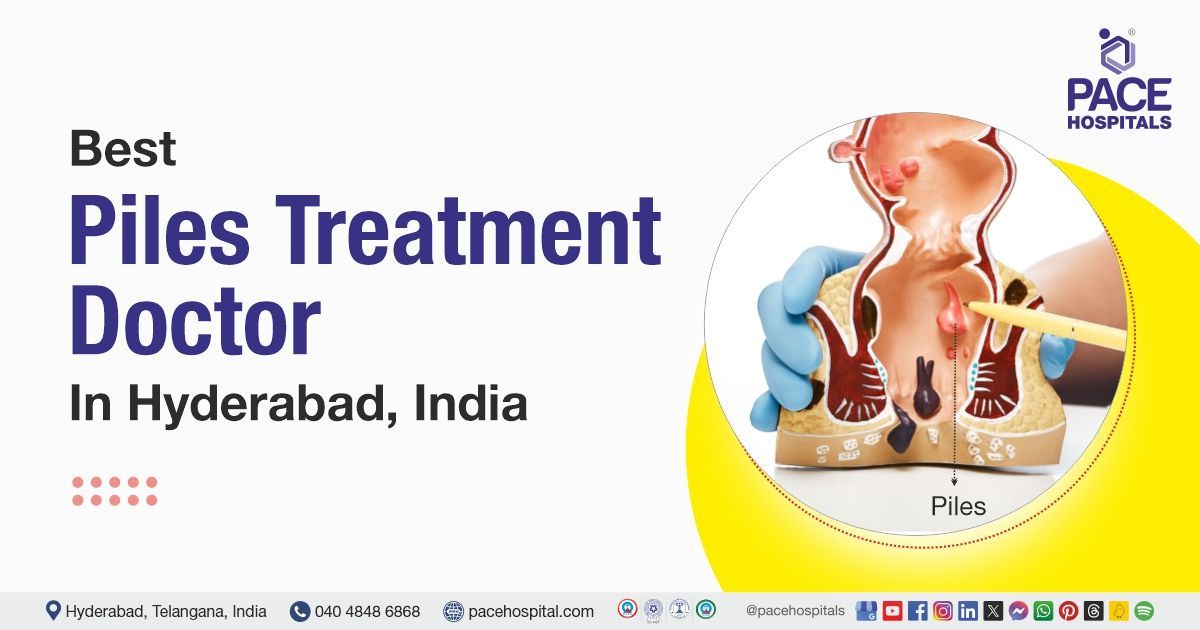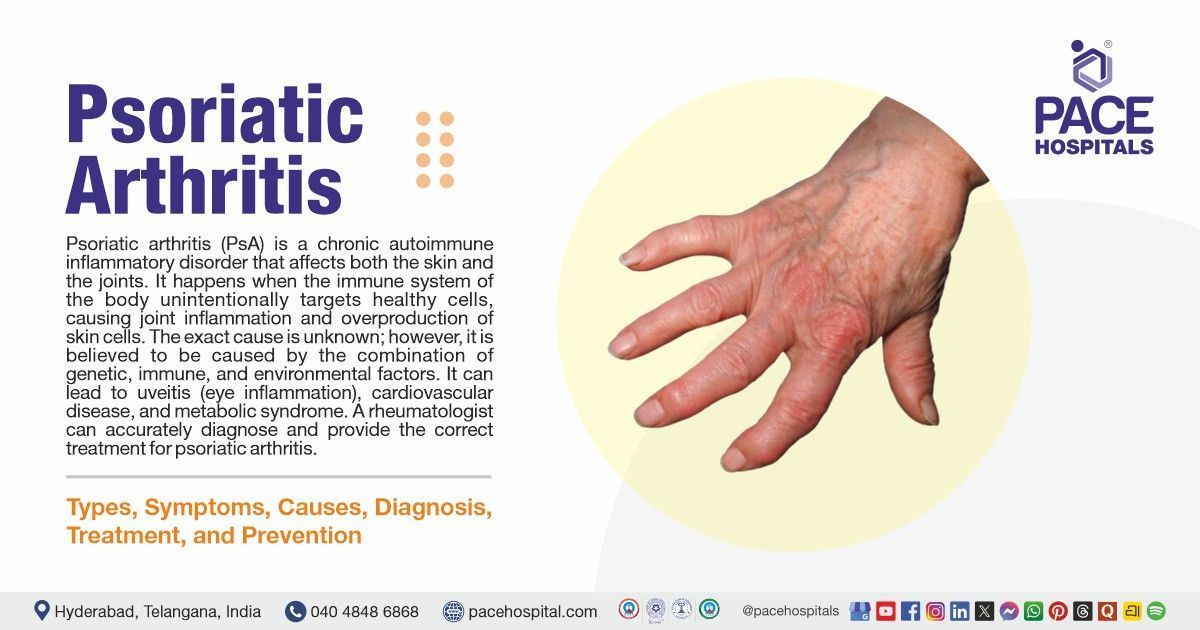Coronavirus: What is asymptomatic, mild and moderate COVID -19?
Due to increased number of cases, we are learning about mutation and conditions related to the person getting infected and developing symptoms. Based on the new cases, their conditions and stage of the infection can be categorized as asymptomatic, mild, moderate, severe and critical cases. What does this mean?
Asymptomatic Coronavirus Patient and Symptoms
An Asymptomatic case defined if a person infected with COVID-19 but don’t have any symptoms. Asymptomatic virus transmission refers to transmission of the coronavirus from a person, who does not develop symptoms.
Asymptomatic COVID-19 infected people can transmit the virus, this is why it is important that all people who came in contact with any infected person or having chances of infections can be identified by testing and depending on the severity of their disease, receive medical care and support.
As per the update and case studies published in September, explained that the rise in coronavirus infection and frequency due to asymptomatic people, this is the main reasons why Covid-19 turned from an epidemic (concentrated in one area) to a pandemic (a global spread). It also says that evidence points to the need for strict test and tracing systems of all known coronavirus contacts, regardless of symptoms, to prevent further spreading of the virus.
That’s why it is very important to wear a mask in all indoor public places where social distancing can’t be maintained is essential. Coronavirus is spread through droplets in the air so by covering the mouth and nose with a mask can only save a person from getting infected from the contagious disease.
Pre-symptomatic Coronavirus Patient and Symptoms
Pre-symptomatic case defined if a people infected with COVID-19 who have not yet developed symptoms but go on to develop symptoms for up to a week after contracting the disease. They may later experience cough, fever, breathing difficulty or other typical coronavirus symptoms as well.
Mild Coronavirus Patient and Symptoms
Mild case typically can be classified as an initial stage of infection with symptoms of a flu or cold. Mild means a person don’t have life-threatening complications that require immediate hospitalization. In case of Mild we advise you to stay home, take proper rest, get medical advice and avoid contact with others so you don’t spread the virus. Some typical symptoms of mild COVID-19 are as follows:
- Difficulty breathing or shortness of breath
- Fever (a temperature above 100 °F) lasting a few days to many
- Dry, continuous coughing
- A change or loss of smell and taste senses, loss of appetite
- Tiredness or fatigue causing a 16 to 20 hours sleep a day
- Aches and pains, headaches
- Nausea or diarrhea
- Sore throat or Runny nose
Generally this will take 10 to 14 days to recover fully, and sometimes more. Mild to moderate case of COVID-19 will run in about two weeks, according to a World Health Organization (WHO).
According to data research and laboratory data, 70 to 80% of COVID infected cases manifested mild to moderate symptoms.
If you are experiencing mild symptoms as mentioned above, should self-isolate on immediate note and seek a medical support on priority to stop the spread of the virus and get yourself tested till the reports.
Everyone has to keep in mind mild symptoms of coronavirus can turn into severe symptoms. Most of the people those who are infected will start symptoms around day 5. Initial symptoms can be indistinct with as day’s passes it may get worse, generally this will take 5 to 8 days when the symptoms start to turn to serious.
People critically affected with COVID-19 and having severe symptoms will require treatment and care at hospital.
All the covid-19 positive cases need not be hospitalized and the We Pace Hospitals are providing all the support they needed while undergoing home isolation. Patients can request an appointment for COVID Telemedicine Consultation with our COVID specialist doctors.
Request an appointment
As per recent updates, the second wave of COVID-19 is reporting 3 new modified symptoms apart from other common symptoms. 1. Pink Eye (Conjunctivitis), 2. Hearing Impairment, 3. Impact the upper respiratory tract.
Most of the people (around 75% to 80%) have a mild infection or asymptomatic which can be treated at home. In this case, you should self-isolate for at least one week, get yourself tested and follow the treatment advised until you have completely recovered.
We Pace Hospitals recommend all to stay home if you are not feeling well. If you have a fever, cough and difficulty breathing, seek medical attention and call in advance. We Pace Hospitals recommend self-home quarantine if you or someone in your family:
- has flu symptoms (like a fever, cough, and sore throat)
- was tested for COVID-19 and is waiting for the results
- has coronavirus (COVID-19)
Who all are at high risk for coronavirus (COVID-19) disease?
Patient suffering from COVID-19 infection will take up to 7 days to develop hypoxia or dyspnea stage.
Especially older people with other medical conditions such as diabetes, asthma, myeloma, cirrhosis, hypertension, end stage kidney disease on hemodialysis / CAPD, lymphoma, leukaemia, patients on chemotherapy, have had a solid organ or bone marrow transplant and diagnosis of any solid cancer, HIV infection, coronary artery disease or heart disease are at high risk of developing severity or critical infections.
Get Home Care Treatment support for suspected or diagnosed COVID-19 patient to recover while in home quarantine
Click Here to Know More
What is Hypoxia and its symptoms?
Hypoxia, an absence of sufficient supply of the oxygen at the tissue level to weaken general body functions. Hypoxia can also result from lung damage due to trauma. Hypoxia classified as either generalized, affecting the whole body, or local, affecting a region of the body. Due to hypoxia person can experience:
- Confusion
- Change in skin color from blue to cherry red
- Shortness of breath
- Sweating
- Restlessness
- Fast or slow heart rate
- Wheezing
If having any of the above symptoms, it is advised to check your body oxygen level using medically tested and approved pulse oximeter or visit a nearby hospital. A normal blood oxygen level (SpO2) is usually 95% or higher. Some people with chronic lung disease or sleep apnea can have normal levels around 90%. If blood oxygen level (SpO2) is lower than 95% requires immediate attention and medical guidance.
What is happy hypoxia in COVID-19 patients?
Recent study shows younger patients often experience ‘happy hypoxia’ in which they do not feel any breathlessness, fatigue or related symptoms and continue with their daily activities. Usually symptoms like shortness of breath and discomfort in the chest are experienced when oxygen levels (SpO2) fall below 90%.
While hypoxia is a warning sign for possible failure of important body organs like the kidneys, brain, and heart and is usually accompanied by prominent shortness of breath. Happy hypoxia does not prompt any such obvious external signs. As a result, in the initial stages of sickness, the COVID-19 patient, on the outside, appears to be alright and “happy”.
This condition is seen in patients with mild symptoms or who are asymptomatic. They may not show symptoms of breathlessness but their blood oxygen level (SpO2) levels are dangerously low below 80%. This can worsen the Covid symptoms and damage lungs severely.
What is Dyspnea and its symptoms?
Dyspnea defined as shortness of breath or difficulty in breathing; can be a symptom of health problems, often related to heart or lung disease. It can cause restlessness, uncomfortable feeling can range from mild and temporary to serious and long-lasting.
You may have trouble breathing in enough oxygen to meet your body’s increased demand. This can happen due to heavy workouts, altitude, tight clothing, a prolonged period of bed rest or a sedentary lifestyle. Due to dyspnea person can experience:
- shortness of breath
- heavy or labored breathing
- feeling suffocated and breathing difficulty
- discomfort in the chest
- heart palpitations
- rapid or shallow breathing
- coughing and wheezing
Dyspnea caused by wide range of medical conditions like coronavirus infection, pneumonia, heart disease, pulmonary embolism (a blood clot in the lungs), low blood pressure, carbon monoxide poisoning, interstitial lung disease, stress or anxiety, chronic obstructive pulmonary disease (COPD), poor physical conditioning, bronchitis, obesity. While they should all be evaluated by a doctor, conditions that bring on sudden breathlessness should be treated as emergencies
How to protect yourself and your family from getting COVID-19?
Prevention is the key and can prevent the spread of coronavirus. You should follow the preventive measures to safeguard yourself and your family:
- Wash your hands thoroughly with soap and water for at least 20 seconds or with an alcohol-based hand sanitizer.
- Cover coughs and sneezes with your elbow or if using tissue, throw the tissue away and then wash hands right away.
- Avoid touching your eyes, nose, and mouth with unwashed hands.
- Everyone should wear a face mask cover in public and when around people who don’t live in your household, especially when other social distancing measures are difficult to maintain.
- Take hot shower or steamy shower to relieve sore, scratchy throat and cough
- Continue to keep about 6 feet between yourself and others.
- Avoid close contact with people who are sick. Maintain 6 feet distance between the person who is sick and other household members.
- Keeping distance from others is especially important for people who are at higher risk of getting very sick.
- Clean and disinfect frequently touched surfaces daily. This includes tables, doorknobs, light switches, countertops, handles, desks, phones, keyboards, toilets, faucets, and sinks.
- Contact for medical help if any of the COVID-19 symptoms persist
- Self-home quarantine even with minor symptoms such as cough, headache, mild fever, until you fully recover. Follow the quarantine procedure as mentioned below.
Home quarantine and Self-isolation procedure
If you have ever been in close contact with any COVID infectious person and suspect asymptomatic case. Always maintain a distance of 6 feet from other people. You are more likely to infect others in the early stages of the disease when you have only mild symptoms, hence it is very important to self-isolate and home quarantine.
- It is very important that you should self-isolate for 10 to 14 days even if you are not showing any symptoms of the disease yourself.
- Always cover your face and mouth with cloth or medical mask properly when outside from home and do not leave your house unless it is absolutely important.
- Always maintain a distance of 6 feet from other people. You are more likely to infect others in the early stages of the disease when you have only mild symptoms, hence it is very important to self-isolate and home quarantine.
- Stay in a room that is not connected and having any access to others and use a separate bathroom from other people in the home.
- Use separate utensils and do not share these with other household members. After use, thoroughly wash them using soap and hot water.
- Do not allow visitors, friends or other members into your place. It's advised to wear a medical grade face mask, if they must be around other people.
Request an appointment for COVID Telemedicine Consultation with our COVID specialist doctors.
Request an appointment
When to seek emergency medical advice if tested COVID-19 positive?
Monitor your symptoms regularly. If you experience any one of the following, seek emergency medical care immediately:
- A new or returning fever or persistent fever more than 101°F for 3 days
- Worsening shortness of breath / trouble breathing & cough
- Persistent pain or pressure in the chest
- Worsening ability to concentrate / confusion
- If blood oxygen level (SpO2) drops to less than 95%
- Inability to wake or stay awake
- Bluish lips or face
Can a person have COVID-19 but not having fever?
Fever (a temperature above 100 °F) is a common symptom of COVID-19, person may be infected with the coronavirus but not having fever. Some people may experience a low-grade fever initial stage and then get worse over time. It is possible that fever may come and go, a person to be asymptomatic (no fever or other symptoms) and still spread the virus to others.
Can a person spread COVID-19 if not having fever?
Yes. Person may be infected with the coronavirus but not having fever simultaneously it is possible to spread COVID-19. RT PCR Swab Test, Rapid Antigen and CT Scan can determine if you are infected with Coronavirus (COVID-19).
What is new variant of COVID-19 in India?
As per recent update in May 2021, earlier a patient suffering from COVID-19 infection will take up to 7 days to develop symptoms, but it has been observed that patients with this new N440K variant of COVID-19 are getting serious within 3-4 days of contracting the infection.
According to the CCMB (Centre for Cellular and Molecular Biology), N440K also referred to as the Andhra Pradesh variant as it was first discovered in Kurnool district, is at least 15 times more infectious than the earlier virus. Besides, it may be even stronger than the Indian SARS-CoV-2 variants of B1.617 and B1.618.
The B.1.617 SARS-CoV-2 variant, first detected in Maharashtra, contains mutations from two separate virus variants - E484Q and L452R. The E484Q is similar to E484K - a mutation seen in the B.1.351 (South Africa) and P.1 (Brazil) variants, which have emerged independently several times. As far as the L452R mutation - also found in the "double mutation" in India - it first got attention as part of B.1.427 / B.1.429 lineage in the US, which is sometimes called the California variant.
The third mutation evolved from the double mutation where three different COVID strains combined to form a new SARS-CoV-2 variant B.1.618 identified as “triple mutation” variant with a distinct set of genetic variants including E484K, responsible for the immune escaping quality that makes it ineffective to the plasma therapy.
B.1.618 - a new lineage of SARS-CoV-2 predominnatly found in India and characterized by a distinct set of genetic variants including E484K , a major immune escape variant. pic.twitter.com/dtfQJp2S2B
— Vinod Scaria (@vinodscaria) April 20, 2021
How many COVID variants are there?
Constantly viruses change characteristics through mutation due to recurrent infection and increased no. of cases, and new variants of a virus are expected to occur over time and can sometimes disappear but other times, new variants emerge and persist. Multiple COVID-19 virus variants have been documented worldwide. There are currently eight variants of the COVID-19 virus Worldwide:
- B.1.526: Detected in the New York in November 2020
- B.1.1.7: Detected in the UK in December 2020
- B.1.351: Detected in South Africa in December 2020 and in the US at the end of January 2021
- P.1: Detected in the US in January 2021 and identified in travellers from Brazil tested at an airport in Japan.
- B.1.427 and B.1.429: Identified in California in February 2021 and were classified in March 2021.
- B.1.617: Detected in the INDIA in October 2020
- B.1.618: Detected in the INDIA in April 2021
Every time we prevent the virus from spreading, we also prevent it from mutating. To stop mutation we all have to follow precautions and stop the spread.
Get Home Care Treatment support for suspected or diagnosed COVID-19 patient to recover while in home quarantine
Click Here to Know More
Reference:
Source: COVID Variants Worldwide
Share on
Request an appointment
Fill in the appointment form or call us instantly to book a confirmed appointment with our super specialist at 04048486868

